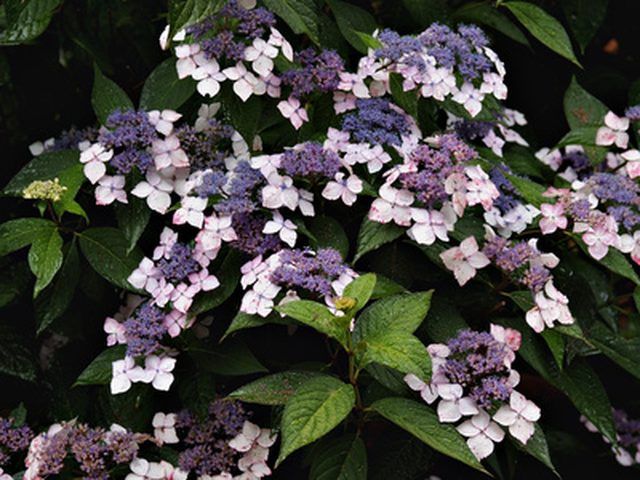Bulbs
Flower Basics
Flower Beds & Specialty Gardens
Flower Garden
Garden Furniture
Garden Gnomes
Garden Seeds
Garden Sheds
Garden Statues
Garden Tools & Supplies
Gardening Basics
Green & Organic
Groundcovers & Vines
Growing Annuals
Growing Basil
Growing Beans
Growing Berries
Growing Blueberries
Growing Cactus
Growing Corn
Growing Cotton
Growing Edibles
Growing Flowers
Growing Garlic
Growing Grapes
Growing Grass
Growing Herbs
Growing Jasmine
Growing Mint
Growing Mushrooms
Orchids
Growing Peanuts
Growing Perennials
Growing Plants
Growing Rosemary
Growing Roses
Growing Strawberries
Growing Sunflowers
Growing Thyme
Growing Tomatoes
Growing Tulips
Growing Vegetables
Herb Basics
Herb Garden
Indoor Growing
Landscaping Basics
Landscaping Patios
Landscaping Plants
Landscaping Shrubs
Landscaping Trees
Landscaping Walks & Pathways
Lawn Basics
Lawn Maintenance
Lawn Mowers
Lawn Ornaments
Lawn Planting
Lawn Tools
Outdoor Growing
Overall Landscape Planning
Pests, Weeds & Problems
Plant Basics
Rock Garden
Rose Garden
Shrubs
Soil
Specialty Gardens
Trees
Vegetable Garden
Yard Maintenance
How to Identify Shrubs & Bushes
How to Identify Shrubs & Bushes. Shrubs offer our gardens the bulk and stability many landscapes desperately desire. There are small shrubs, medium sized ones and large bushes that give off wonderful scented flowers and beloved colors. Identifying your shrubs is important to know what soil they prefer, what fertilizer they need and how much sun and...

Shrubs offer our gardens the bulk and stability many landscapes desperately desire. There are small shrubs, medium sized ones and large bushes that give off wonderful scented flowers and beloved colors. Identifying your shrubs is important to know what soil they prefer, what fertilizer they need and how much sun and water will help them prosper.
Things You'll Need
Camera
Pen
Paper
Tape measure
Identify the shape of the leaves on the bush or shrub. The rose bush has a teardrop shaped leaf with serrated edges, which come to sharp point. The azalea bush has long, slender leaves that appear like an elongated diamond with points at both ends.
Feel the leaf for distinctive properties. The hydrangea leaf could be mistaken for a rose leaf due to similarities, however the hydrangea leaf has coarse hairs that make the texture of the leaf rough. The holly bush (Perfect plant perfect place, R. Lancaster pg. 204.) has a leaf that is glossy and thick, somewhat resembling smooth rubber.
Check the color and shape of the blooms on the shrub. The azalea blossom consists of five to eight petals in bright hues of pink and yellow. The hydrangea bush carries blooms in clusters, with each individual flower holding four petals. Hydrangea is found in lavender, pink, blue and white, and each cluster consists of more than 100 individual flowers.
Measure the height and width of the bush in question. The cotoneaster bush grows to a mature height and width of 12 feet by 10 feet. In contrast, the hebe shrub only reaches a height of 24 inches. The hebe does spread though, reaching widths of up to 4 feet.
Note your findings in detail for later use in identifying your bush. Taking a picture will also help you correctly find the name of the shrub you are identifying.
Tips & Warnings
Some bushes require years to mature, therefore may not be of maximum height when measuring. It is best to only measure a bush that is over four years old.